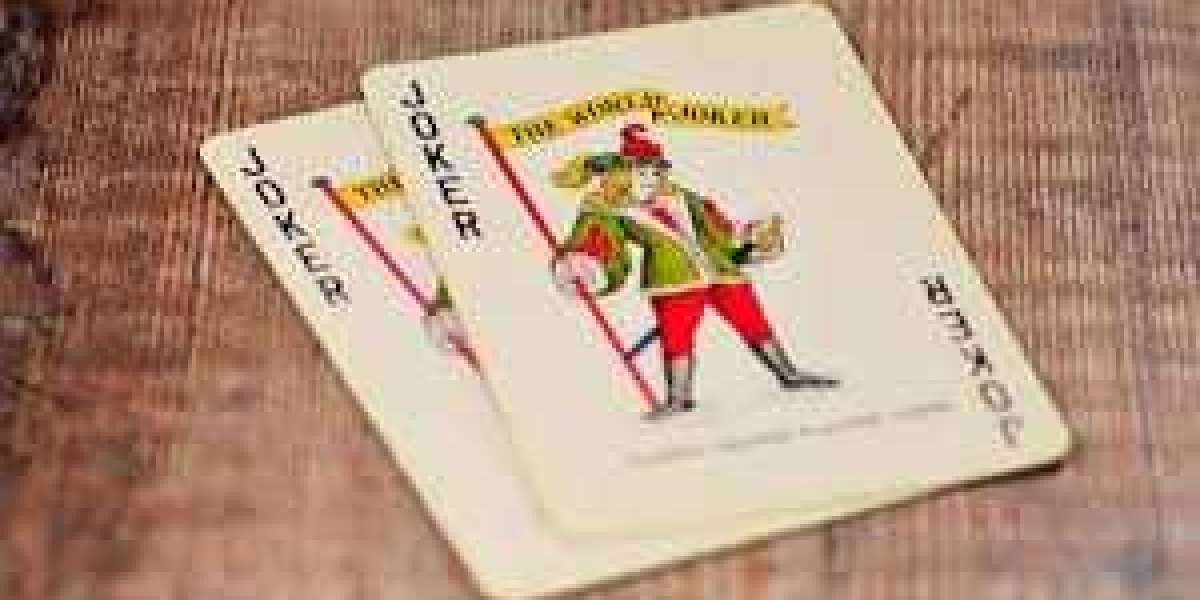An atom is the smallest particle of matter, consisting of a nucleus and electrons. The structure of the electron shells of atoms is determined by the position of the element in the Periodic Table of Chemical Elements of DI Mendeleev.
The electron is the main elementary particle for chemistry, since it is thanks to the exchange of electrons that new chemical compounds can be formed. An electron is a unique elementary particle: possessing properties that distinguish it from all other particles, it is both a particle and a wave at the same time. Scientifically speaking, it has a dual nature. On the one hand, having a low mass (almost 2 thousand times less than the mass of a proton and a neutron), the electron exhibits the properties of a particle. On the other hand, the electron moves at such a high speed that it is actually "smeared" over the atom, it is not at one specific point, but forms an "electron cloud". In this region of space, the electron density is quite high. This explains the wave properties of the electron. The dualism of the electron is confirmed experimentally. So, for example, for the flow of electrons, as well as for light waves, the phenomena of interference (superposition) and diffraction (bending around an obstacle) are characteristic.
Electron and electron shell of an atom
An atom, which is generally neutral, consists of a positively charged nucleus and a negatively charged electron shell (electron cloud), while the total positive and negative charges are equal in absolute value. When calculating the relative atomic mass, the mass of electrons is not taken into account, since it is negligible and 1840 times less than the mass of a proton or neutron.
An electron is a completely unique particle that has a dual nature: it has both the properties of a wave and a particle. They move continuously around the core.
The space around the nucleus, where the probability of finding an electron is most likely, is called an electron orbital, or an electron cloud. This space has a specific shape, which is indicated by the letters s-, p-, d-, and f-. The S-electron orbital has a spherical shape, the p-orbital has the shape of a dumbbell or three-dimensional figure, the shapes of the d and f orbitals are much more complicated.
Around the nucleus, electrons are located on electron layers. Each layer is characterized by distance from the nucleus and energy, therefore, electronic layers are often called electronic energy levels. The closer the level is to the nucleus, the lower the energy of the electrons in it. One element differs from another in the number of protons in the nucleus of an atom and, accordingly, in the number of electrons. Consequently, the number of electrons in the electron shell of a neutral atom is equal to the number of protons contained in the nucleus of this atom. Each next element has one more proton in the nucleus, and one more electron in the electron shell.
The newly entering electron occupies the orbital with the lowest energy.
On the first level there can be only 2 electrons, on the second - 8 electrons, on the third - 18 electrons, and on the fourth level - 32 electrons. At the outer level of the atom, there can be no more than 8 electrons: as soon as the number of electrons reaches 8, the next level, farther from the nucleus, begins to fill.
The structure of the electron shells of atoms
Each element stands in a certain period. A period is a horizontal set of elements arranged in ascending order of the charge of the nuclei of their atoms, which begins with an alkali metal and ends with an inert gas. The first three periods in the table are small, and the next, starting from the fourth period, are large, consist of two rows. The number of the period in which the element is located has a physical meaning. It means how many electronic energy levels there are in an atom of any element of a given period. So, the element chlorine Cl is in the 3rd period, that is, its electron shell has three electronic layers. Chlorine is in the VII group of the table, and in the main subgroup. The main subgroup is the column within each group that starts with 1 or 2 periods.
Thus, the state of the electron shells of the chlorine atom is as follows: the ordinal number of the chlorine element is 17, which means that the atom has 17 protons in the nucleus, and 17 electrons in the electron shell. At the 1st level there can be only 2 electrons, at the 3rd level - 7 electrons, since chlorine is in the main subgroup of the VII group. Then on the 2nd level there is: 17-2-7 = 8 electrons.







